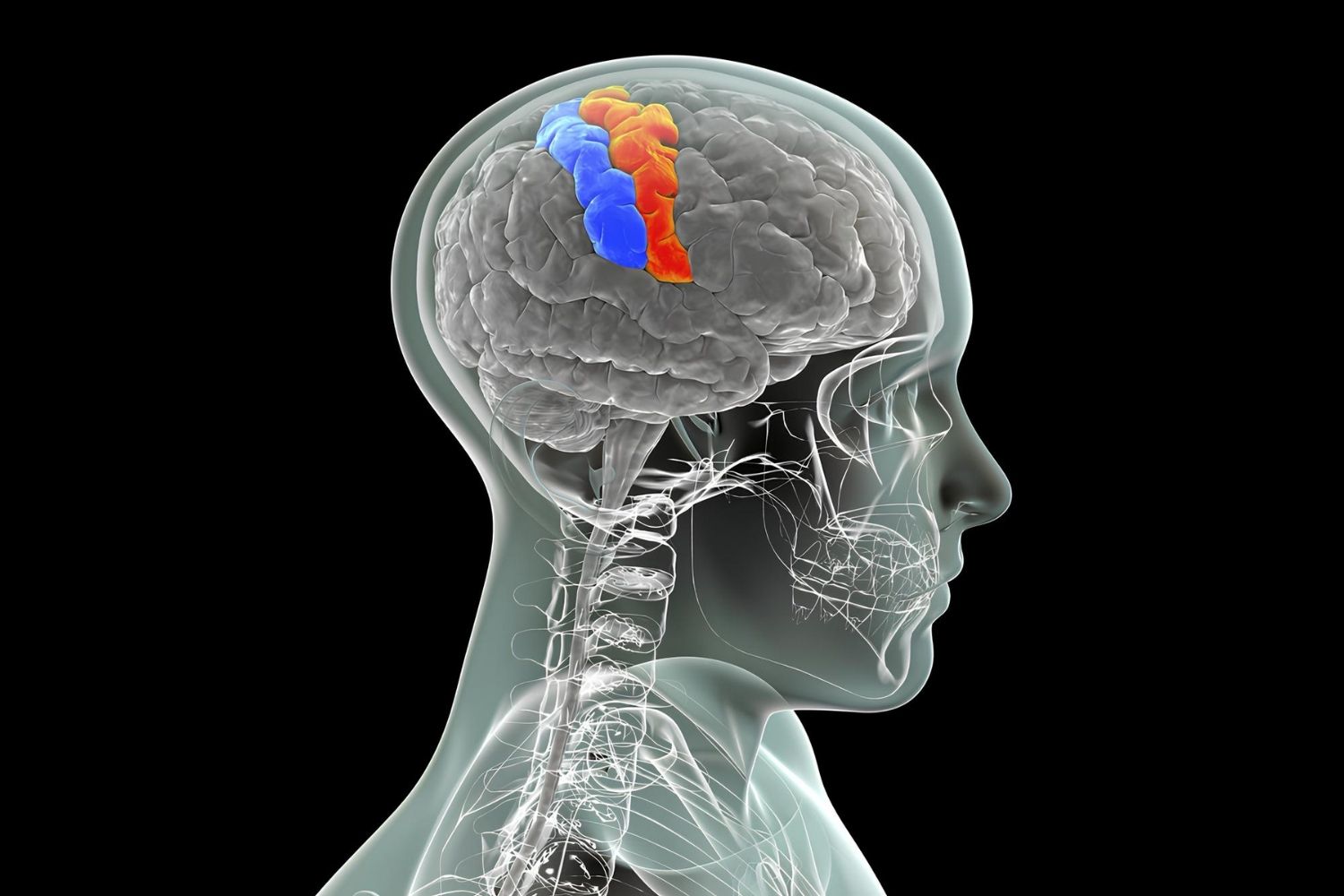
What is the somatosensory system? The somatosensory system is a complex network in our body that helps us sense touch, pain, temperature, and body position. Imagine touching a hot stove or feeling a gentle breeze; this system sends signals to your brain, letting you know what's happening. It involves receptors in the skin, muscles, and joints that detect different sensations. These signals travel through nerves to the spinal cord and then to the brain, where they are processed. This system is crucial for everyday activities, from walking to picking up objects. Understanding it can help us appreciate how our bodies interact with the world.
What is the Somatosensory System?
The somatosensory system is a complex network responsible for processing sensory information from the body. It helps us feel touch, temperature, pain, and body position. Let's dive into some fascinating facts about this essential system.
- The somatosensory system includes receptors in the skin, muscles, and joints that detect various stimuli.
- It sends information to the brain through the spinal cord and peripheral nerves.
- The primary somatosensory cortex, located in the parietal lobe, processes sensory information.
- Different parts of the body have varying densities of sensory receptors, making some areas more sensitive than others.
- The fingertips and lips have the highest concentration of touch receptors.
How Does the Somatosensory System Work?
Understanding how this system functions can be quite intriguing. It involves a series of steps that convert physical stimuli into electrical signals the brain can interpret.
- Sensory receptors detect stimuli like pressure, temperature, and pain.
- These receptors convert stimuli into electrical impulses.
- Impulses travel through sensory neurons to the spinal cord.
- The spinal cord acts as a relay station, sending signals to the brain.
- The brain interprets these signals, allowing us to perceive sensations.
Types of Sensory Receptors
Different receptors in the somatosensory system specialize in detecting specific types of stimuli. Each type plays a unique role in how we experience the world.
- Mechanoreceptors respond to mechanical pressure or distortion.
- Thermoreceptors detect changes in temperature.
- Nociceptors sense pain from physical damage or inflammation.
- Proprioceptors provide information about body position and movement.
- Chemoreceptors respond to chemical stimuli, such as changes in blood pH.
The Role of the Somatosensory Cortex
The somatosensory cortex is a critical part of the brain that processes sensory information. It helps us make sense of the sensations we experience.
- The primary somatosensory cortex is organized into a map of the body, known as the homunculus.
- Each part of the homunculus corresponds to a specific body region.
- The size of each region in the homunculus reflects the density of sensory receptors in that area.
- The secondary somatosensory cortex integrates information from both sides of the body.
- Damage to the somatosensory cortex can result in sensory deficits or loss of sensation.
Interesting Facts About Touch
Touch is one of the most important senses, providing us with vital information about our environment. Here are some intriguing facts about touch.
- Touch receptors can detect vibrations as subtle as 0.02 micrometers.
- The skin contains different types of mechanoreceptors, each sensitive to different types of touch.
- Merkel cells are slow-adapting receptors that detect sustained pressure and texture.
- Meissner's corpuscles are fast-adapting receptors that respond to light touch and vibrations.
- Pacinian corpuscles detect deep pressure and high-frequency vibrations.
Pain and Temperature Sensation
Pain and temperature sensations are crucial for protecting the body from harm. The somatosensory system has specialized receptors for these sensations.
- Nociceptors can be activated by mechanical, thermal, or chemical stimuli.
- Thermoreceptors are divided into two types: those that detect heat and those that detect cold.
- Pain signals can be modulated by the brain, reducing or amplifying the perception of pain.
- Chronic pain can result from the nervous system becoming overly sensitive to pain signals.
The Wonders of the Somatosensory System
The somatosensory system is a marvel of human biology. It helps us feel everything from a gentle breeze to a sharp pinprick. This system is always working, even when we're not aware of it. It plays a crucial role in our daily lives, helping us navigate the world safely and enjoyably. From detecting temperature changes to feeling pain, it keeps us informed about our surroundings. Understanding this system better can help us appreciate the complexity of our bodies. It also highlights the importance of taking care of our health. So next time you feel a soft touch or a sudden pain, remember the incredible network of nerves and receptors making it possible. The somatosensory system truly is one of the body's most fascinating features.
Was this page helpful?
Our commitment to delivering trustworthy and engaging content is at the heart of what we do. Each fact on our site is contributed by real users like you, bringing a wealth of diverse insights and information. To ensure the highest standards of accuracy and reliability, our dedicated editors meticulously review each submission. This process guarantees that the facts we share are not only fascinating but also credible. Trust in our commitment to quality and authenticity as you explore and learn with us.
